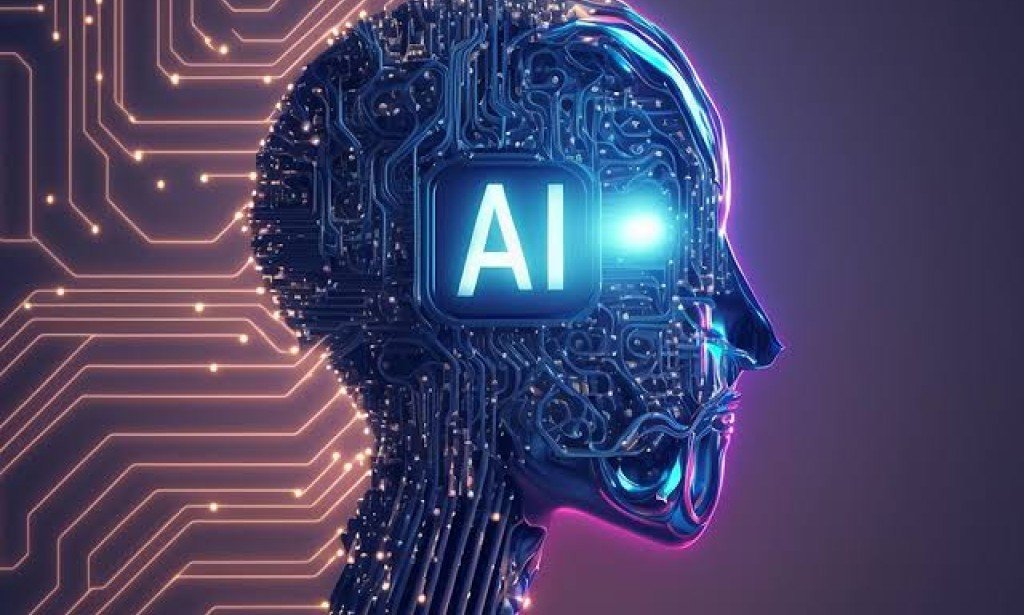In the present technological landscape, where innovation knows no bounds, the landscape of artificial intelligence (AI) and machine learning (ML) is in a perpetual state of evolution. As we embark on a journey into the future, the intersection of AI and ML unveils a tapestry of emerging trends and boundless possibilities. From advancements in natural language processing to the proliferation of autonomous systems, the horizon of AI and ML is teeming with transformative potential. In this exploration, we delve into the dynamic realm of emerging trends, spotlighting the latest developments and the myriad opportunities for reshaping industries, driving innovation, and redefining the human experience.
The AI and machine learning landscape offers many opportunities for building a rewarding career. With industries across the globe increasingly integrating AI-driven solutions into their operations, the demand for skilled professionals in this field is skyrocketing. From data scientists, machine learning engineers, AI researchers, and algorithm developers, diverse roles cater to different interests and skill sets. Undertaking an AI and machine learning course equips individuals with the essential knowledge and practical skills needed to excel in this dynamic field. Such courses cover foundational concepts, advanced techniques, and hands-on experience with industry-standard tools and technologies. By gaining expertise in AI and machine learning, individuals can position themselves as sought-after professionals, ready to make significant contributions to innovation, problem-solving, and societal impact in the ever-evolving landscape of technology.
What is Artificial Intelligence?
Artificial intelligence (AI) is the simulation of human-like intelligence exhibited by machines, enabling them to perform tasks that typically require human cognition. AI systems can analyze data, recognize patterns, make decisions, and learn from experience, autonomously improving performance. Common applications include natural language processing, computer vision, robotics, and expert systems, revolutionizing industries and driving technological advancements.

What is Machine Learning?
Machine learning is a subset of artificial intelligence that focuses on enabling computers to learn from data and make predictions or decisions without being explicitly programmed. Through algorithms and statistical models, machines can identify patterns, extract insights, and improve performance over time. Common techniques include supervised learning, unsupervised learning, and reinforcement learning, powering applications such as recommendation systems, predictive analytics, and autonomous vehicles.
Artificial Intelligence and Machine Learning Trends
Open Source AI: Open source AI refers to AI software and frameworks whose source code is freely available for anyone to use, modify, and distribute. Open source AI projects foster collaboration and innovation within the AI community by allowing researchers, developers, and enthusiasts to contribute code, share insights, and build upon existing solutions. Popular open source AI frameworks include TensorFlow, PyTorch, and Apache MXNet, which provide tools and libraries for building and deploying machine learning models.
Agentic AI: Agentic AI, inspired by social psychology, focuses on endowing AI systems with autonomous agency and decision-making capabilities. These systems are designed to interact with their environment, set goals, and take actions to achieve those goals autonomously. Agentic AI has applications in autonomous agents, robotics, and virtual assistants, enabling machines to operate independently and adapt to dynamic environments without human intervention.
Retrieval-Augmented Generation: Retrieval-augmented generation is a machine learning technique that combines generative models with retrieval-based methods to improve the quality and relevance of generated content. In this approach, a generative model, such as a neural network, generates initial content, which is then refined or augmented using information retrieved from a database or external sources. This technique enhances the diversity, coherence, and informativeness of generated content, making it suitable for tasks such as text summarization, question answering, and content creation.
Multimodal AI: Multimodal AI involves processing and understanding data from multiple modalities, such as text, images, audio, and video, to derive meaningful insights and make informed decisions. This trend aims to enable AI systems to analyze and interpret diverse sources of information, leading to more comprehensive and contextually rich understanding of the world. Applications of multimodal AI include image captioning, speech recognition, video summarization, and cross-modal retrieval.
Shadow AI: Shadow AI refers to the use of AI systems to augment or enhance human decision-making processes without direct human oversight or intervention. These AI systems operate in the background, providing recommendations, insights, or decision support to human users based on their actions, preferences, or historical data. Shadow AI is often used in fields such as finance, healthcare, and cybersecurity, where rapid analysis and decision-making are critical and where AI can augment human expertise.
Customized Enterprise Generative AI Models: Customized enterprise generative AI models are tailored machine learning models designed to address an organization’s specific business needs or challenges. These models are trained on proprietary data and fine-tuned to optimize performance for specific use cases or objectives, such as content generation, anomaly detection, or predictive analytics. Customized enterprise generative AI models enable organizations to leverage AI technologies to streamline operations, improve decision-making, and gain competitive advantages in their respective industries.
Is AI and Machine Learning a growing field?
AI and machine learning are fast growing fields with immense potential for innovation and impact. As businesses increasingly understand and recognize the value of data-driven insights and automation, the demand for skilled AI and machine learning professionals continues to soar. From enhancing efficiency in healthcare, finance, and manufacturing to revolutionizing consumer experiences through personalized recommendations and intelligent assistants, AI and machine learning are driving transformative changes across sectors. With ongoing advancements in algorithms, hardware, and applications, the field is poised for continuous growth, offering abundant opportunities for professionals to shape the future of technology and society.
Conclusion
Many emerging trends characterize the landscape of artificial intelligence and machine learning, each offering boundless possibilities for innovation and transformation. From open-source AI to retrieval-augmented generation and multimodal AI, these trends signify the ongoing evolution of technology and its impact on various industries. Staying abreast of these developments through continuous learning, such as undertaking an AI and machine learning course, is essential to remain competitive in the job market. By acquiring in-depth knowledge and practical skills, individuals can position themselves as valuable assets, equipped to navigate the complexities of AI and machine learning and drive future advancements in the field.





